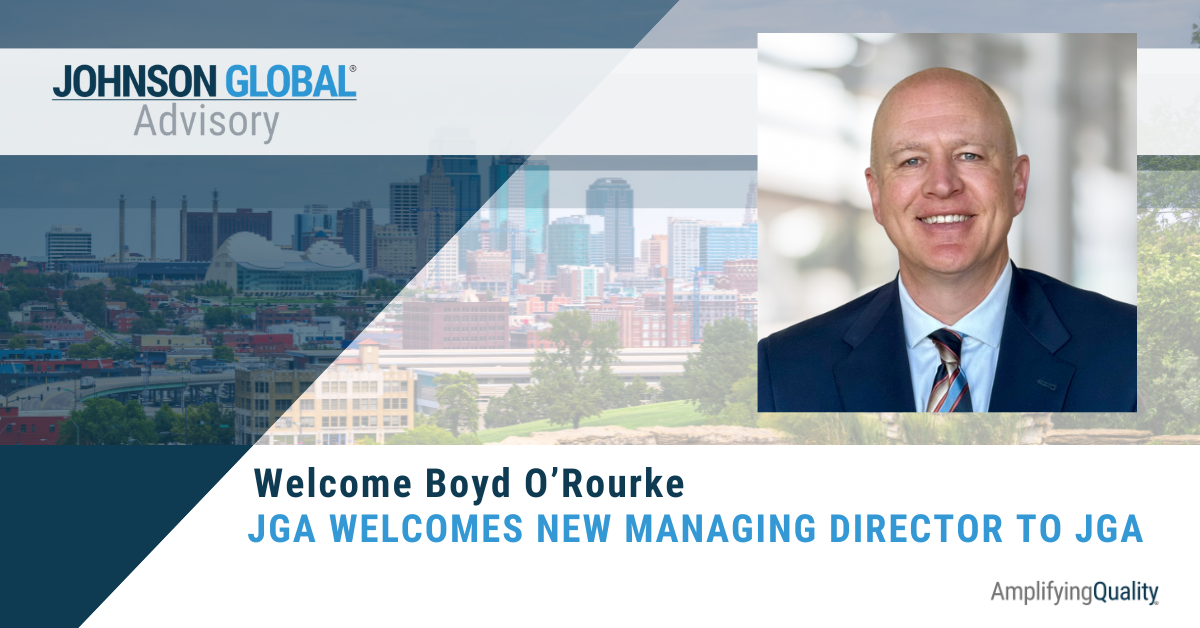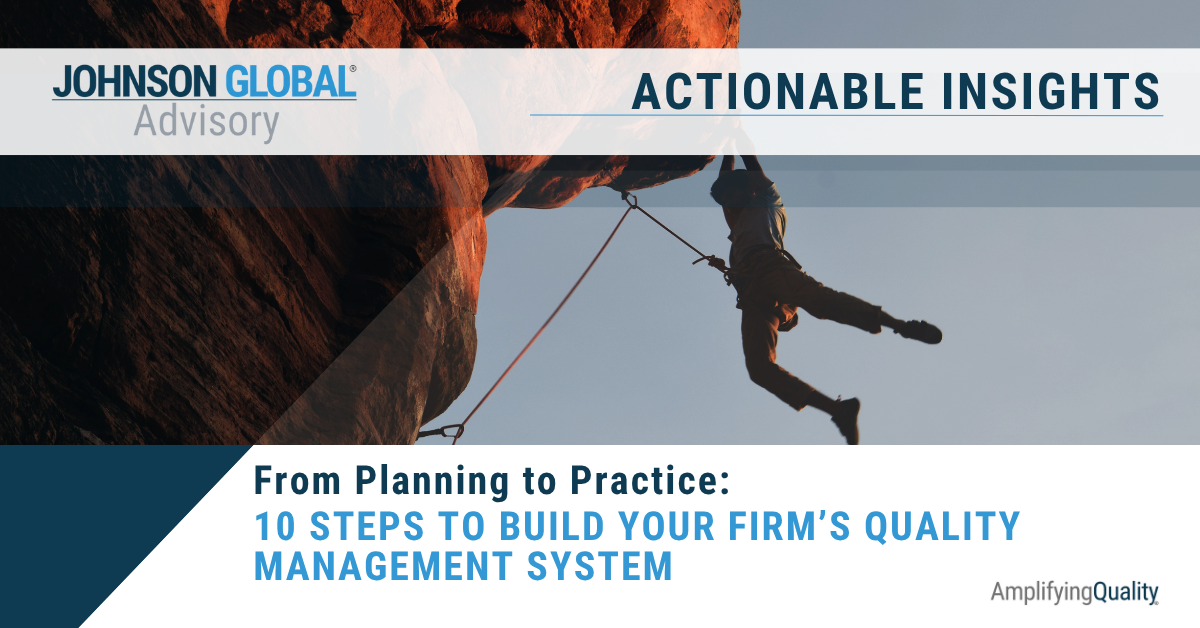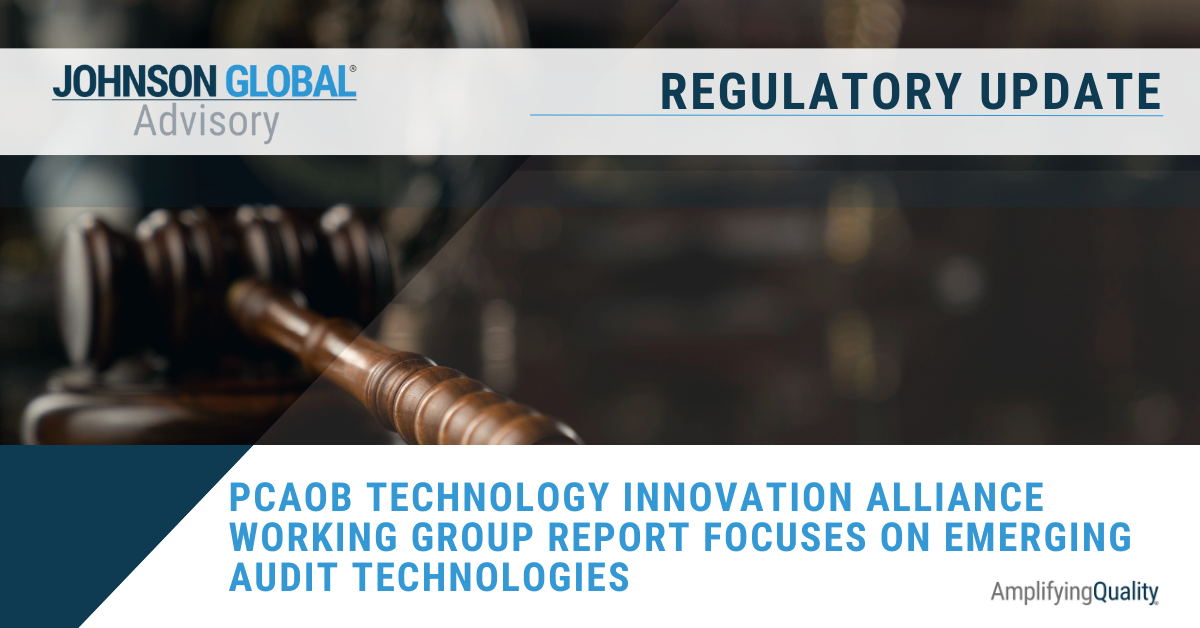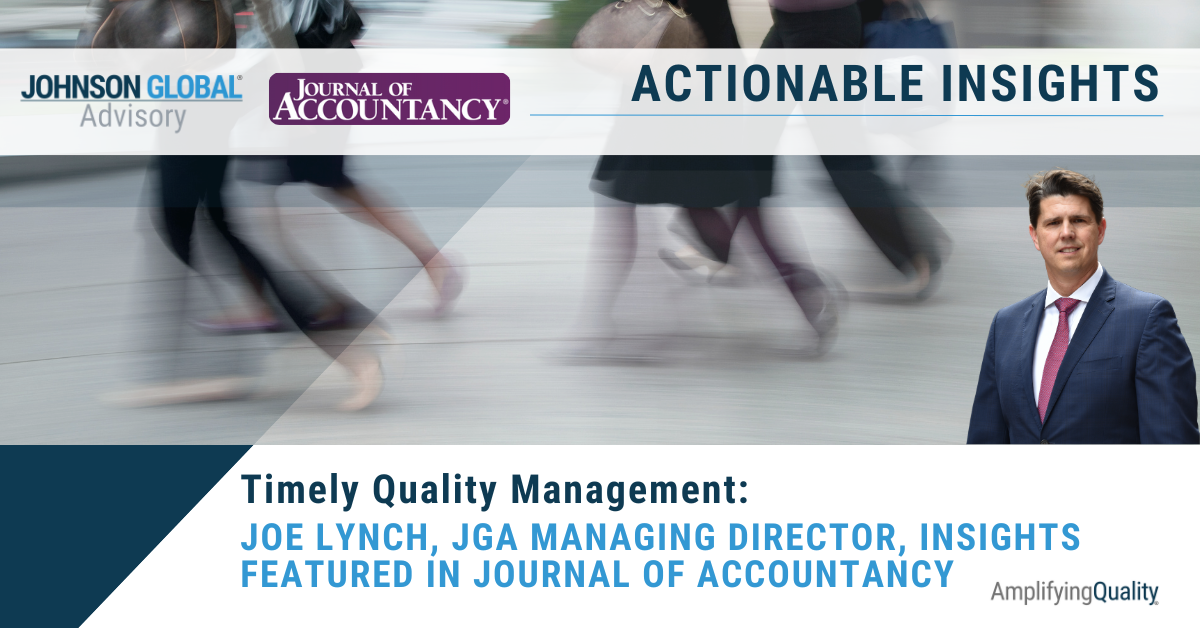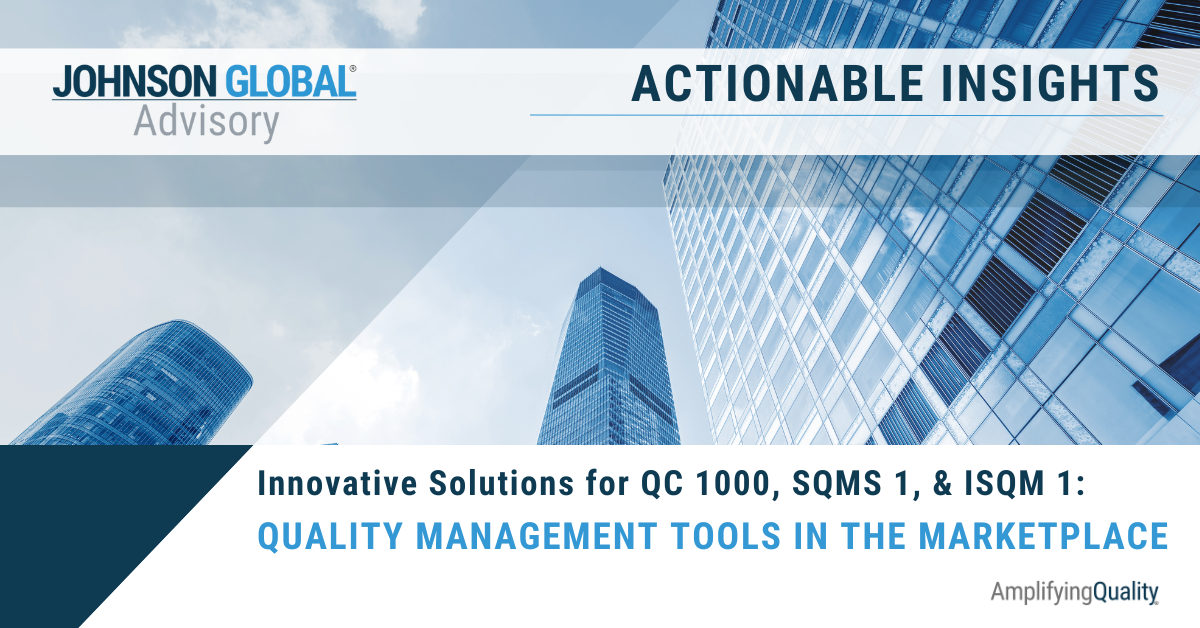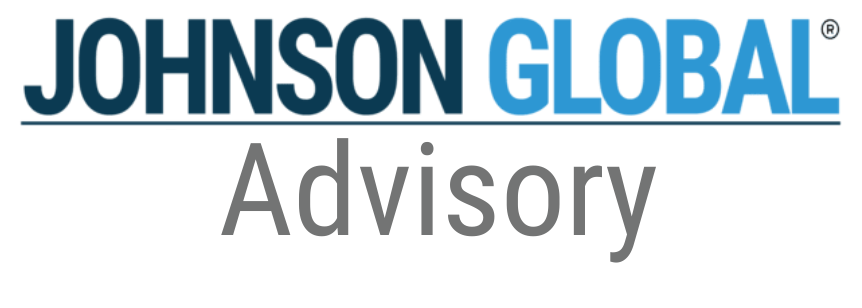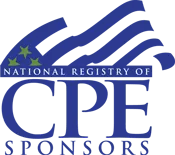Bridging the Gap: ISQM 1 and the Knowledge and Resource Gaps

Many in the profession remember passage of the Sarbanes-Oxley Act of 2002 and the amount of time and effort that went into the adoption and implementation of internal controls over financial reporting (ICFR). Issuers worked months upon months with consultants and audit firms to create an internal controls framework and to formalize processes so that both management and the auditors could opine on the design and operating effectiveness of ICFR.
Now, with the adoption of the International Standard on Quality Management 1 (ISQM 1), issued by the International Auditing and Assurance Standards Board, the profession is bracing for yet another significant change in the industry. Whereas 404 regulated internal control requirements for public issuer companies to ensure quality financial reporting, ISQM 1, for lack of a better comparison, is essentially laying the groundwork for internal controls for audit firms to ensure quality audits.
Though the PCAOB is lagging behind in its QC standard setting process, it has repeatedly indicated that its new QC standard will pull largely from ISQM 1, as was evidenced in the PCAOB QC Concept Release. ISQM 1 is intended to be scalable, but regardless the size of the firm, all firms will be required to design, implement, and certify the effectiveness of controls that address specific audit quality risks.
Isn’t that already in place with the PCAOB’s current QC standards? 1 Technically, yes. In fact, many of the components of ISQM 1 are already part of current PCAOB standards. While there are new incremental requirements under ISQM 1, principally around risk assessment, root cause analysis and remediation, what make ISQM 1 unique is that audit firms, similar to public companies, will now have to annually assess the effectiveness of their systems of quality management.
Similar to the early days of SOX 404, the weight of ISQM 1 (and the anticipated changes to PCAOB QC standards) is leaving many feeling overwhelmed and unsure where to begin and how to bridge the gap, or should I say gaps (plural), from current QC standards to the new ISQM 1. In my perspective, just like with the advent of internal controls, there is first a knowledge gap and then a resources gap.
The Knowledge Gap
The phrase we’ve been hearing from our clients on this and other audit quality issues is, “We don’t know what we don’t know.” As is often the case with any new guidance, whether accounting or auditing, it takes time to fully digest and understand the literature. Through webinars and articles, many learn about key talking points, such as the new requirement for firms to perform risk assessment or to perform root cause analyses, but what do these concepts entail?
For instance, take risk assessment; what does it mean for an audit firm to perform a risk assessment over its system of quality management? Though firms have become accustomed to performing risk assessments over financial statements when designing an audit, risk assessment over a firm’s system of quality management is foreign. What are the components of the risk assessment? ISQM 1 provides certain required quality objectives, but the guidance does not say it is an exhaustive list. Each firm will need to consider other potential risks. Have all relevant risks been considered? What is the right level of granularity?
Or take root cause as a different example. Root cause has been talk of the town for the past couple years, especially in the “best practices” arena. Now, with ISQM 1, it will become a mandatory component of firms’ systems of quality management. What is the methodology and process to execute an effective root cause analysis? What happens with the results of the root cause analysis?
Start at the Source: Read the Standard
I recommend firms take the time to sit down and actually read the ISQM 1 standard. Although the PCAOB standard will not be issued and effective for several more years, the general requirements are already known and the sooner firms start to internalize the information and have conversations about the new requirements, the more they’ll synthesize and start to understand the potential impact these standards will have. Along with reading the standard, take this time to read other viewpoints about ISQM 1 whether industry publications or thought leadership from large firms who have taken a lead on implementing the new standard.
Create a Gap Analysis
After reading the standard, revisit QC manuals and start to draw linkages between current policies and what is in the new ISQM 1. This a “gap analysis,” will highlight the key differences and make it easier for you to see what’s new. Then, start to have conversations internally with firm leadership as well as externally with peers. These conversations will help stimulate thought about the new guidance and provide diverse perspectives on how other firms are interpreting and implementing the new requirements.
Engage Specialized Knowledge
Finally, don’t be afraid to ask for help. We have started working with multiple firms to help them understand the new requirements, perform the gap analysis, risk-rate controls, and redesign QC policies to comply with ISQM 1. Through our experience as inspectors critically evaluating hundreds of firms’ QC policies from all over the world and now working with firms to improve their systems of QC, we have gained incredible insight into effective systems of quality control that cut across all sizes of domestic and foreign firms. Regardless the actions you take, it starts first with learning what you don’t know and getting the right knowledge.
The Resource Gap
And now that we know, or at least know what we don’t know, the next big hurdle in the implementation of ISQM 1, much like SOX 404, is the resource gap. Though many aspects of firms’ systems of QC will remain unchanged (for instance, I would expect that most independence policies and procedures will remain unchanged), the new requirements around firm monitoring, including root cause analysis and remediation at the engagement level as well as the requirement to test and evaluate the effectiveness of a firms’ system of QC will be a huge undertaking. In an industry where busy season seems to last all year now, do firms have the capacity to design and implement controls to comply with the new requirements of ISQM 1?
Despite its “scalability,” in my perspective, ISQM 1 is a significant undertaking. I think firms that want to be successful need to consider the reality that ISQM 1 may require additional resources, which means additional investment.
Designate Implementation Champions
The first resource is typically “human capital.” Firms should consider designating specific employees to take ownership over ISQM 1 implementation. Perhaps its an ISQM 1 Champion or a team of individuals that works individually to address specific components and collectively to ensure the plan is cohesive and interconnected. Depending on the size of the firm, this could be a part-time job for one individual or a full-time job for a team of individuals for a couple years.
Build Out a Perpetual QC Team
Beyond just the implementation, however, firms will need to build in additional time and resources to execute the updated QC policies, and certify to their effectiveness, on an annual basis. The monitoring program both at the engagement level and the firm QC level is going to need to be much more robust. Given the need to perform root cause analyses as well as perform remedial actions for negative findings, engagement level monitoring programs are going to be much more comprehensive. In addition, the requirement to evaluate the effectiveness of the firm’s QC system will require time to test controls, analyze the results, and evaluate implications from the findings (i.e. impact on the firm’s risk assessment, new controls to address potential risks, etc.).
Invest in Technical Resources
Finally, firms will need to consider additional technological resources. In fact, ISQM 1 has a component dedicated just to the sufficiency of resources and specifically calls out information technology. Establish mechanisms to track, communicate and report information reliably. While some firms will continue to use more manual processes mixed with excel templates, many firms will need to consider implementing new IT systems to assist with the expanded requirements of ISQM 1. I personally think this is important for all firms to consider as IT continues to play a greater and greater role in all aspects of business. While an IT investment is a significant upfront investment, it is intended to drive future efficiency. Don’t be afraid to ask the question, “How can IT help me do this?”
To the extent firms struggle to find resources internally, many will need to look externally, whether to hire in or to partner with during the implementation/transition period. We already assist many firms with various aspects of QC, such as monitoring and pre- and post-issuance reviews, consultations, policy reviews, etc. In addition, we’ve also started researching various technological resources to help support firms as they consider implementing new systems. We’re here to help, whatever your question or need.
ISQM 1 is a large undertaking. Thankfully, there is still time. And thankfully you don’t have to go it alone. The whole industry is going to have to adapt and much like we did for SOX 404, we’ll partner together and embrace the changes. There will be learning curves as we grasp the full extent of the changes required; that’s the nature of overcoming any knowledge gap. And of course, there will be moments where we feel overwhelmed with the amount of work to do to get ISQM 1 compliant; that’s the nature of overcoming any resource gap. But together, we’ll get through yet another major change in the industry and in the end, we hope it truly does result in better audit quality.
About Johnson Global Advisory
Johnson Global partners with leadership of public accounting firms, driving change to achieve the highest level of audit quality. Led by former PCAOB and SEC staff, JGA professionals are passionate and practical in their support to firms in their audit quality journey. We accelerate the opportunities to improve quality through policies, practices, and controls throughout the firm. This innovative approach harnesses technology to transform audit quality. Our team is designed to maintain a close pulse on regulatory environments around the world and incorporate solutions which navigate those standards. JGA is committed to helping the profession in amplifying quality worldwide.
Visit www.johnson-global.com to learn more about Johnson Global.
1 For more information on the need for new standards: https://www.jgacpa.com/why-do-we-need-new-quality-control-standards-don-t-we-have-them-already

